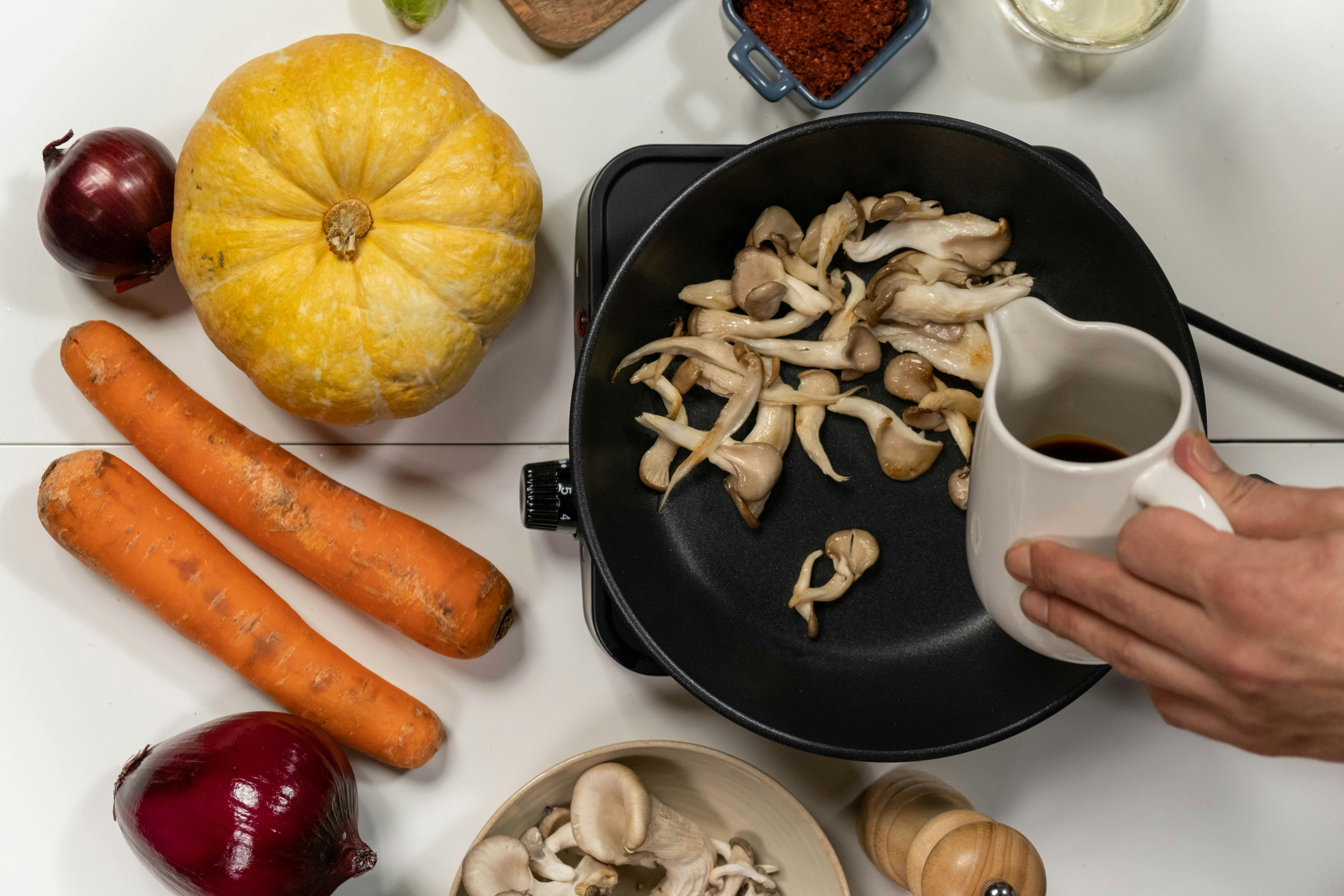Face transplants in the news
More akin to science fiction than scientific reality, several people have received face transplants in recent years. Now relegated to only the most horrific accidents, like most medical miracles, as techniques are perfected this type of operation will eventually become much more common. Once that happens, it’s only a matter of time until the procedure becomes available as an elective surgery for those who aren’t happy with their existing faces, or perhaps just want a new look. After all, who wants to spend their whole life with the same old face? Wouldn’t it be nice to face you again for your 25th high school reunion? And then again for 30?
Fortunately, great strides have also been made in face transplants for your kitchen (and other) cabinets. As materials and techniques have been perfected, kitchen remodeling can now be done cheaply and optionally, and when done correctly, it can be indistinguishable from a new kitchen, beautifying all those unsightly places that have embarrassed you for years.
In the not too distant past, a few brave practitioners risked their reputations using early reshaping techniques. You can choose from a catalog of about three different styles and colors for the siding, and most of them were flimsy laminate doors that had no detail. To make matters worse, the material was bonded to the face of the cabinets with contact cement, a terribly toxic and highly flammable adhesive that had a life expectancy of 10 to 15 years. Not very tempting!
So scientists at Minnesota Mining & Manufacturing (3M) went to work and created a new adhesive that is non-toxic, non-flammable, has no odor, and gets stronger as it ages. There is nothing better than that! So someone (not sure exactly who) developed a material called Rigid-Thermofoil, also known as RTF. This new wonder product is a vinyl-like material that is fused with a furniture grade composition board. Using computer-controlled heat and pressure to create the finished product, it’s flexible, much stronger than the old laminates of yesteryear, and can be formed into different shaped doors, allowing manufacturers to create hundreds of exciting styles. But they didn’t stop there. New photographic techniques were developed to duplicate the beauty of real wood. This year, they even launched an RTF product that looks like stainless steel, creating a very attractive contemporary look for your cabinets.
In 1951, Raymond Lowey, the famous industrial designer (and one of my personal heroes) wrote a book called Never leave well enough alone. Apparently, manufacturers who make wood doors for cladding recently discovered this book because they decided to introduce replacement doors in new shapes and species of wood. You are no longer relegated to just oak, maple and cherry. Now you can clad with eco-friendly bamboo, walnut, mahogany and sapele to name just a few. Then the guys at 3M got together with the fabricators that made veneers and it was a marriage made in heaven.
So if some unforeseen disaster has caused all of your cabinets to deteriorate, now is a good time to investigate repair. As the procedure has become more popular, the cost associated with the process has dropped considerably, as has people who undergo refacing after it has also become more routine.
Modern science has made giant strides in reshaping people and kitchens. To quote the Wicked Witch of the West, as her face deteriorated, “What a world, what a world”! (Unfortunately, her face, along with the rest of her, has melted to the point that a transplant would not be recommended.) But she could have had a beautiful kitchen.
